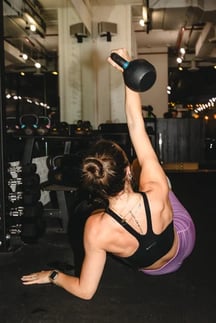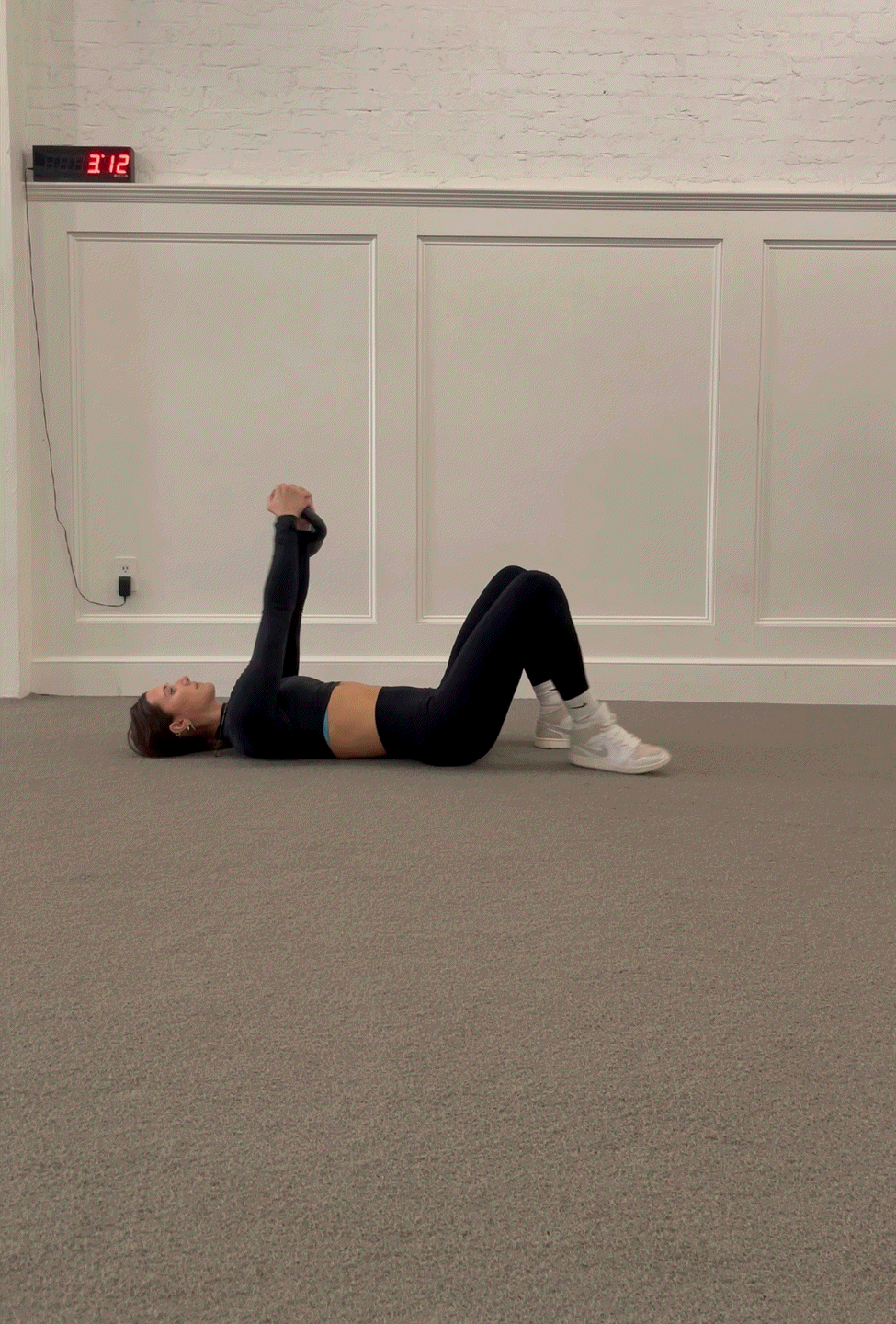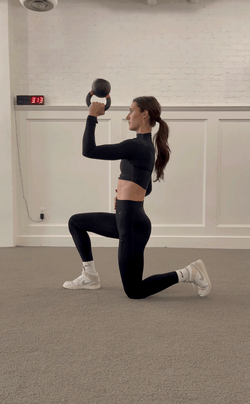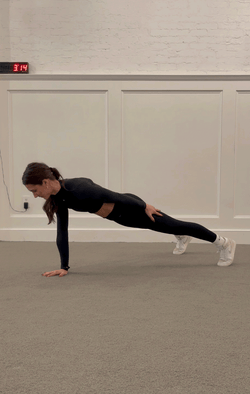Coach's Corner: Three Drills to Train Shoulder Stability
November 1, 2023

Shoulder stability is a critical component of training, whether you are resistance training, weightlifting, or even practicing yoga. The shoulders are a complex and delicate joint, made up of multiple muscles, tendons, and ligaments that work together to provide mobility and support. Proper shoulder stability ensures that the joint is properly aligned during exercises, reducing the chances of strain, impingement, or dislocation.
Having shoulder stability not only ensures success in the gym but also in your daily activities. A stable shoulder joint promotes better posture, which not only prevents chronic pain but also improves overall mechanics. Whether you're reaching for objects on a high shelf, carrying groceries, or simply maintaining good posture throughout the day, strong and stable shoulders are crucial. By prioritizing shoulder stability in your training regimen, you not only reduce the risk of injuries but also lay a solid foundation for improved athletic performance and better quality of life.
Kettlebell Arm Bar
Need to Know: This exercise is a floor based exercise that challenges your t-spine mobility as we as shoulder stability. It is the only position where you are creating counter rotation while stabilizing a bell over the side of your rib cage. While in the end position, you are actively pressing the bell towards the ceiling and using crocodile breathing to create a demand on the stability in the shoulder.
Key Tips:
- Keep your eye on the bell AT ALL TIMES
- Press through the foot first to initiate the rolling pattern
- Keep your glute squeezed to keep the pelvis stable and let your thoracic spine rotate
Modifications:
- If it's too hard, do not roll as far towards the floor with your hips
- Stack your shoulders on top of one another, lying on your side
- To gain more thoracic mobility, you can take both legs straight and hips flat on the floor
Half Kneeling Bottoms Up Kettlebell Hold
Need to Know: In this exercise, one knee is on the ground, and a kettlebell is held with the bottom facing up. Holding the bell at shoulder height to start, in the middle of the handle keeping a vertical forearm. This movement requires full body tension a necessary skill in lifting and that is needed to keep the bell in the bottoms up position
Key Tips:
- Keep the wrist directly over your elbow
- Keep your eyes on the bell at all times
- Adding more time
- Change your body's orientation (tall kneeling, standing, etc.)
- Pressing the bell higher means the harder your shoulder will have to work in relation to the bells position. Bring the bell down towards the shoulder to make it easier to control.
Single Arm Plank
Need to Know: The single-arm plank is a core and shoulder stability exercise where you support your body with one arm while in a plank position. It engages the entire shoulder girdle, promoting stability and strength.
Key Points :
- Keep your shoulders and hips square to the floor
- Hips are in line with your shoulders (no hip hiking)
- The base hand is directly underneath the shoulder
- Actively pressing the ground away (staying tall behind the shoulder)
Modifications:
- Start in a tall two handed plank, once you master that start working plank shoulder taps. this allows your body to start to understand being on one arm for shorter periods of time.
- Once you progress to the single arm plank you can use the opposite hand and press it into the working are to create tension across the chest and keep the hips square towards the ground



